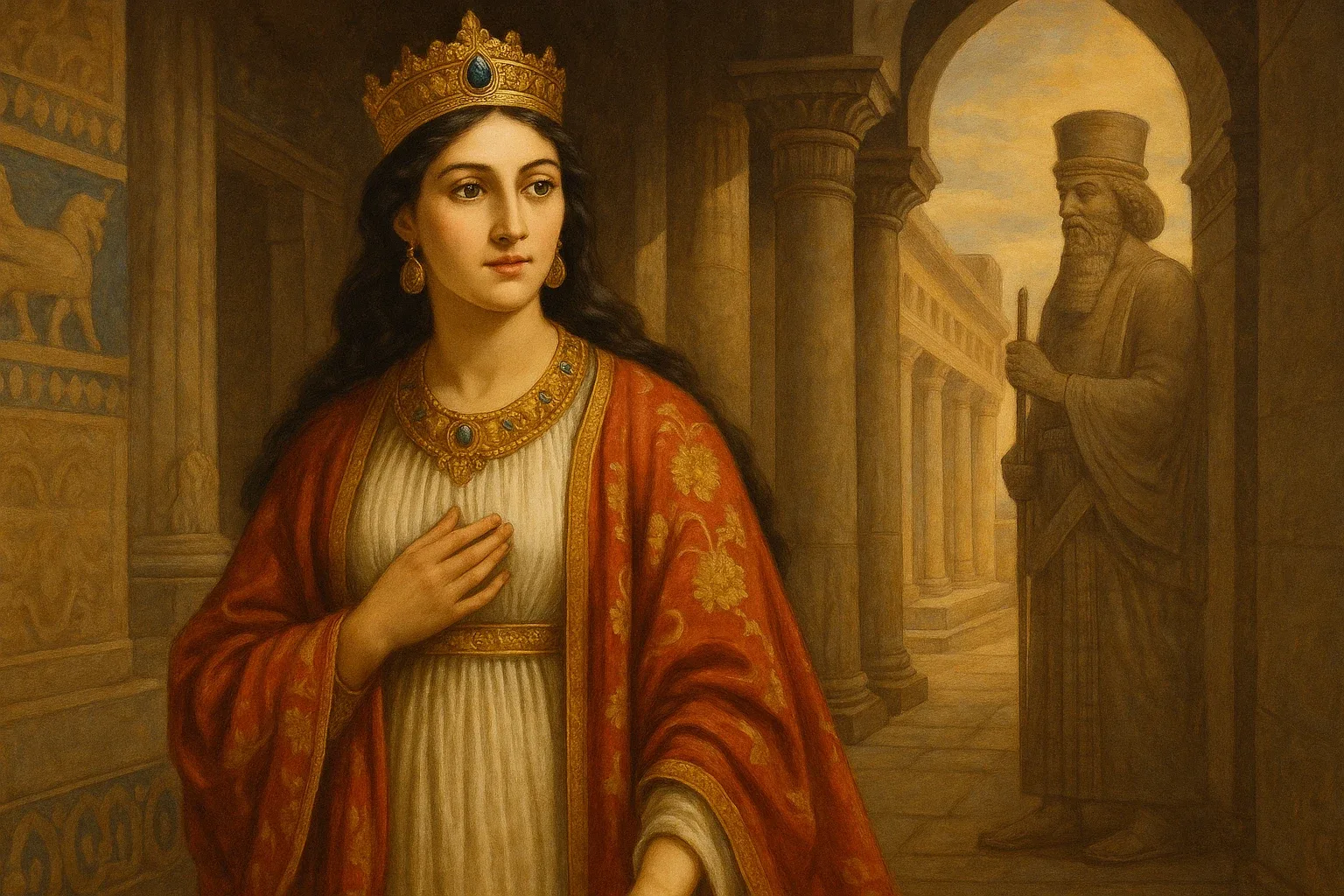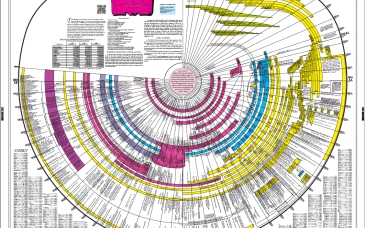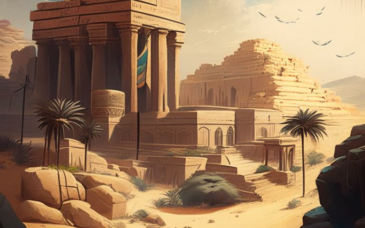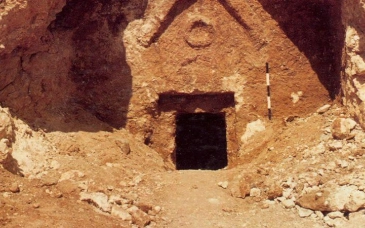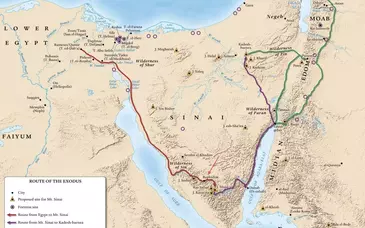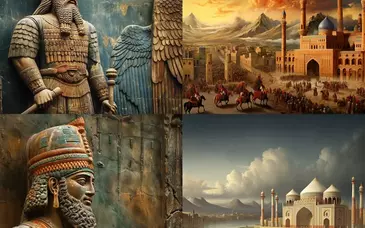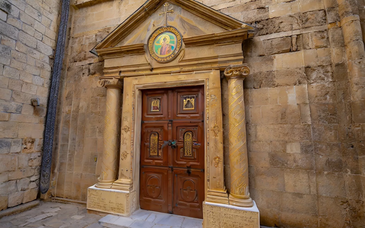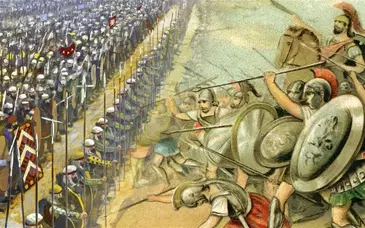Among the most captivating stories in the Hebrew Bible is the Book of Esther—a dramatic narrative of court intrigue, identity, and deliverance. What makes Esther especially unique is its setting: the heart of the ancient Persian Empire, known today as Iran. This biblical tale, set in the royal palace of Susa, offers a vivid window into Jewish life in exile and highlights a moment when fate turned in the most unexpected of ways.
The Historical and Geographical Setting
The events of the Book of Esther take place during the reign of King Ahasuerus, commonly identified with Xerxes I, who ruled the Persian Empire from 486 to 465 BCE. His capital was Susa (also called Shushan), one of the great cities of ancient Persia, located in what is now southwestern Iran.
Persia at the time was a superpower, encompassing vast territories from India to Egypt. Jews lived throughout the empire, many having remained after the Babylonian exile, even though Cyrus the Great had permitted their return to Jerusalem decades earlier. The story of Esther reflects the lived experience of Jews in the diaspora—integrated into Persian society yet vulnerable to discrimination and threats.
A Queen, a Plot, and a Reversal of Fate
The Book of Esther follows a dramatic and tightly structured plot:
- Esther, a young Jewish woman, becomes queen of Persia after King Ahasuerus banishes his former queen, Vashti.
- Her cousin and guardian, Mordecai, uncovers a plot to assassinate the king and later refuses to bow to Haman, the king’s vizier.
- Enraged, Haman plots to exterminate all Jews in the empire. He casts “purim” (lots) to choose the date.
- Esther courageously reveals her Jewish identity to the king and exposes Haman’s plot, risking her life in the process.
- The king orders Haman’s execution, and the Jews are allowed to defend themselves against their attackers.
This dramatic reversal—the oppressed becoming victorious—is central to the narrative and is celebrated annually in the Jewish festival of Purim.
Persia’s Role in the Story
The Book of Esther is the only book in the Bible that takes place entirely in Persia, with no direct reference to Jerusalem or the Temple. The Persian court is depicted with grandeur, bureaucracy, and unpredictable power dynamics. The king, though supreme, is often swayed by his advisors—making the political environment both dangerous and unpredictable for minorities like the Jews.
Interestingly, God is never mentioned by name in the Book of Esther—a striking omission in biblical literature. Yet divine providence is implied throughout the narrative. Many scholars see this as a subtle acknowledgment of how faith can endure in the absence of miracles or direct revelation, especially in foreign lands.
Historical Debate and Literary Power
While the historicity of Esther has been debated, there is broad agreement that the book reflects real aspects of Persian administration and court life. Persian names, customs, and protocols appear authentically rendered. The story may not be a strict historical account, but it communicates historical truths about Jewish vulnerability, resilience, and the dynamics of diaspora living.
The literary structure of the book—filled with irony, symmetry, and dramatic timing—has made it a favorite for generations. Its heroine, Esther, stands out as a figure of courage, diplomacy, and inner strength, rising from obscurity to save an entire people.
Cultural and Religious Legacy
The Book of Esther gave rise to the holiday of Purim, one of Judaism’s most joyous festivals. Celebrated with readings of the Megillah (Scroll of Esther), costumes, food, and charity, Purim commemorates the survival of the Jews against extermination.
Beyond religious observance, Esther has become a symbol of Jewish perseverance in hostile environments. Her story is often invoked in discussions about antisemitism, minority identity, and moral courage.
Modern Resonance in Iran
While today’s Iran and Israel have a fraught relationship, it’s worth remembering that Jewish life in Persia has deep roots. The Jewish community in Iran is one of the oldest in the world, dating back over 2,500 years. Even under modern pressures, it maintains a presence, with synagogues and schools still functioning in cities like Tehran, Shiraz, and Isfahan.
The tomb of Esther and Mordecai, located in the Iranian city of Hamadan, remains a pilgrimage site, revered by Jews and visited even by some local Muslims. Despite modern tensions, the story of Esther continues to link the spiritual legacies of two ancient peoples.
The Book of Esther is not only a thrilling biblical drama—it is a historical and cultural bridge between the Jewish people and the ancient land of Persia, now Iran. Set in a powerful empire far from Jerusalem, it tells a universal story of hidden identity, moral courage, and divine timing. In the lavish courts of Susa, a young woman’s faith and bravery altered the course of history, reminding us that even in exile, even in silence, salvation can arise.
